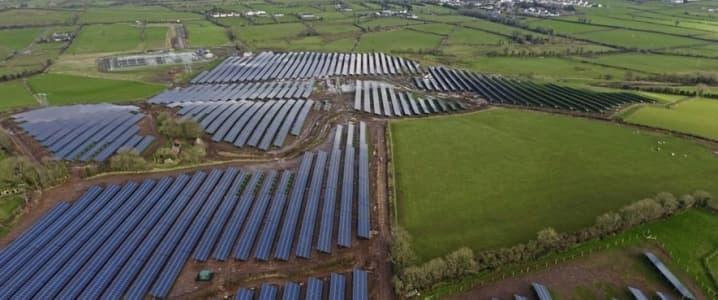Authored by Irina Slav via OilPrice.com,
Decarbonizing the U.S. grid and replacing fossil fuels with renewables could cost US$4.5 trillion in investments over the next 10 to 20 years, Wood Mackenzie analysts have calculated.
Such a move away from fossil fuels would require the installation of 1,600 GW of new solar and wind capacity, the research firm said. This compares with a total capacity of 1,060 GW across the United States, of which 130 GW renewable capacity.
Yet a lot more generation capacity is not all, either. A lot of utility-scale storage installations would also be necessary to make the power produced by solar and wind farms reliable enough to replace fossil fuels in the long run. More precisely, Wood Mac’s analysts have calculated the storage capacity needed at 900 GW.
This sort of change has no precedent, the research firm said, and would necessitate a complete overhaul of the power generation industry.
“The challenges of achieving 100% renewable energy go far beyond the capital costs of new generating assets. Most notably, it will need a substantial redesign of electricity markets, migrating away from traditional energy-only constructs and more towards a capacity market,” said Wood Mac’s head of Global Wind Energy Research, Dan Shreve.
If the complete transformation to a fossil fuel-free U.S. is to be done by 2030, this would mean adding more renewable capacity every year over the next 11 years than has been added over the last 20 years combined.
Yet, there is a middle ground: pushing the all-renewables deadline further into the future and allowing some natural gas capacity in the mix. According to Wood Mac’s analysts, if 20 percent of the energy generated in the U.S. comes from natural gas, this would cut renewable installations costs by 20 percent as well, but it will also help reduce energy storage costs by as much as 60 percent.
via ZeroHedge News https://ift.tt/2RQkN9C Tyler Durden
